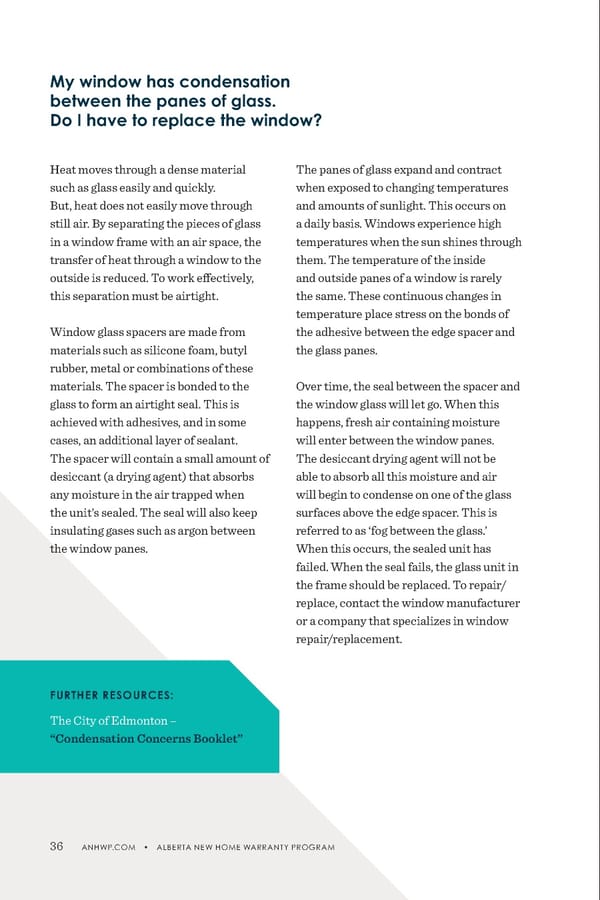Heat moves through a dense material such as glass easily and quickly. But, heat does not easily move through still air. By separating the pieces of glass in a window frame with an air space, the transfer of heat through a window to the outside is reduced. To work effectively, this separation must be airtight. Window glass spacers are made from materials such as silicone foam, butyl rubber, metal or combinations of these materials. The spacer is bonded to the glass to form an airtight seal. This is achieved with adhesives, and in some cases, an additional layer of sealant. The spacer will contain a small amount of desiccant (a drying agent) that absorbs any moisture in the air trapped when the unit’s sealed. The seal will also keep insulating gases such as argon between the window panes. The panes of glass expand and contract when exposed to changing temperatures and amounts of sunlight. This occurs on a daily basis. Windows experience high temperatures when the sun shines through them. The temperature of the inside and outside panes of a window is rarely the same. These continuous changes in temperature place stress on the bonds of the adhesive between the edge spacer and the glass panes. Over time, the seal between the spacer and the window glass will let go. When this happens, fresh air containing moisture will enter between the window panes. The desiccant drying agent will not be able to absorb all this moisture and air will begin to condense on one of the glass surfaces above the edge spacer. This is referred to as ‘fog between the glass.’ When this occurs, the sealed unit has failed. When the seal fails, the glass unit in the frame should be replaced. To repair/ replace, contact the window manufacturer or a company that specializes in window repair/replacement. My window has condensation between the panes of glass. Do I have to replace the window? The City of Edmonton – “Condensation Concerns Booklet” FURTHER RESOURCES: 36 ANHWP.COM • ALBERTA NEW HOME WARRANTY PROGRAM
 ANHWP Care & Maintenance Guide 2022 Page 37 Page 39
ANHWP Care & Maintenance Guide 2022 Page 37 Page 39